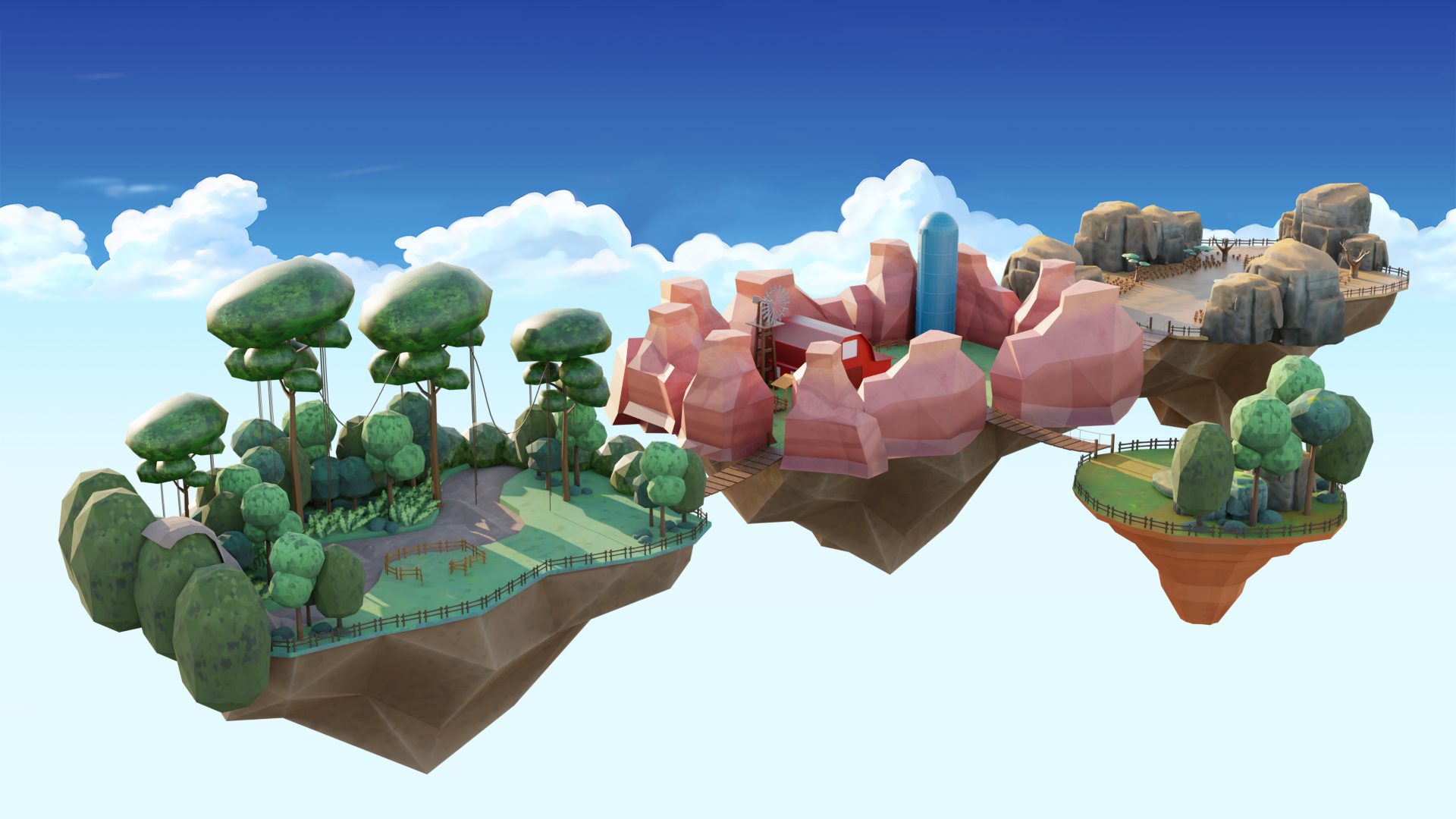
3D content for interactive
and educational platforms
At Visual Lab we are dedicated to creating animated 3D content designed especially for interactive and educational platforms. Our service combines creativity, innovation and advanced technology to deliver unique experiences that transform the way people learn, interact and enjoy content.
Through 3D animation, we turn complex concepts into attractive and dynamic visual experiences, using immersive graphics and fluid animations to explain educational topics in a clear and intuitive way, thus facilitating understanding and learning in various areas. Whether in professional training applications, e-learning platforms or interactive simulations, our content adapts to different audiences and needs.
Additionally, our 3D content integrates seamlessly across multiple digital platforms, from mobile apps to virtual and augmented reality environments. This allows companies, educational institutions and organizations to take full advantage of new technologies to create more dynamic and immersive training programs.

Benefits of 3D content
1. Greater Information Retention:
Studies indicate that people tend to remember information better when it is presented visually. By incorporating 3D animations, abstract or complex concepts can be represented in a clear and attractive way, making it easier to understand and remember the content.
2. Interactive Learning Experiences:
Interactive learning is key to keeping students interested and increasing their engagement. Animated 3D content allows users to interact directly with visual elements, promoting active and participatory learning.
3. Customization and Flexibility:
This type of content can be tailored to the specific needs of various audiences and topics. From scientific simulations to virtual museum tours, the options are virtually limitless.
4. Visual Appeal:
3D design offers a level of realism and detail that is difficult to achieve with other formats. This not only improves the aesthetics of the content, but also makes it more attractive and professional for the intended audience.
5. Technological Innovation:
Companies and organizations that use animated 3D content are seen as innovative and at the forefront of technology. This reinforces their reputation and positions them as leaders in their sector.

3D character modeling and creation
Creating 3D characters is an essential process in the field of animation, video games, virtual reality and interactive content. It involves transforming an idea into a three-dimensional model that has identity, expressiveness and movement. Thanks to advanced digital tools, designers can give life to characters that become protagonists of stories, guides in educational experiences or avatars in virtual environments.

3D Character Creation Process
Creating 3D characters is an essential process in the field of animation, video games, virtual reality and interactive content. It involves transforming an idea into a three-dimensional model that has identity, expressiveness and movement. Thanks to advanced digital tools, designers can give life to characters that become protagonists of stories, guides in educational experiences or avatars in virtual environments.
Concept and Design:
Todo personaje comienza con una idea. En esta fase, se definen su personalidad, propósito y estilo visual. A través de bocetos y arte conceptual, se establecen sus rasgos físicos, vestimenta y expresiones. Modelado 3D Utilizando software especializado creamos la estructura del personaje en tres dimensiones. Se construye una malla poligonal que define la forma del modelo, prestando atención a los detalles anatómicos y estéticos.
Texturing and Materials:
To provide realism and personality to the character, textures and materials are applied that simulate skin, clothing, metals or any other visual element. This step is essential to achieve a credible and attractive look.
Rigging and Animation:
Once the model is finished, the “bones” or digital skeleton are added through the rigging process. This allows the character to move and interact within their environment. Then, animations are created that give it life and expressiveness. Integration and Optimization Finally, the character adapts to the platform where it will be used, whether it is a video game, an animated movie, a virtual reality application or interactive educational content.

